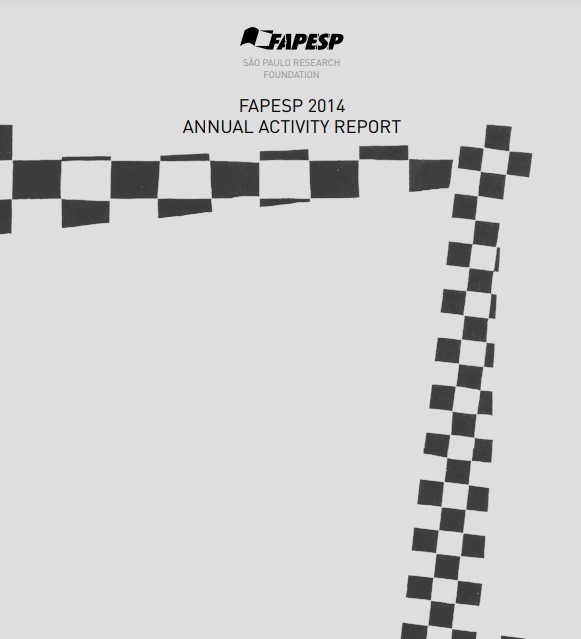FAPESP income totaled $ PPP 413.57 million in 2014. This sum refers to resources transferred by the State Treasury (81.70%), other sources of income (12.19%) from agreements signed with research-sponsoring agencies, companies and other Brazilian and foreign institutions interested in funding collaborative research in areas of mutual interest, and resources from its own capital revenue (6.11%). By law, FAPESP must maintain profitable equity for investments in research to complement the resources received from the State Treasury. The Foundation funds research in all fields of knowledge. In 2014, funding outlays reached $ PPP 390.08 million. Health sciences traditionally receive the largest volume of resources due to the large number of researchers in this field in the state of São Paulo. In 2014, health sciences received 28.56% of the total FAPESP disbursements – $ PPP 128.65 million. Other fields that traditionally receive most funds are: biological sciences, $ PPP 71.47 million (15.87%); humanities and social sciences, $ PPP 47.01 million (10.44%); engineering, $ PPP 46.26 million (10.27%); and agronomy and veterinary sciences, $ PPP 36.99 million (8.21%). Although not among the fields receiving the largest allocation of resources, astronomy and space science saw a 290% increase over the previous year. In 2014, 47.55% of the funds, $ PPP 214.19 million, went to projects coordinated by researchers at the University of São Paulo (USP). Projects at the University of Campinas (Unicamp) received $ PPP 27.59 million (14.29%), and $ PPP 60.39 million (13.41%) was directed toward projects at the São Paulo State University (UNESP). Federal institutions of higher education and research in the state of São Paulo received $ PPP 54.67 million (12.14%). FAPESP Management: Celso Lafer (President); Carlos Henrique de Brito Cruz (Scientific director); Joaquim José de Camargo Engler (Administrative director); José Arana Varela (Chief executive). Artistic reproduction by Maria Bonomi (visual artist).
Autoria: FAPESP
Disponível no CM-FAPESP